STEAM week 03.2019
Hello!
I'm Ben's dad (Y2G), my name is Thomas.
Hit space to continue
This is dedicated to my friend Jacqui Kenny,
How does a journey start?
Usually with a map...
and a bit of planning.
With a bit of Google Maps help
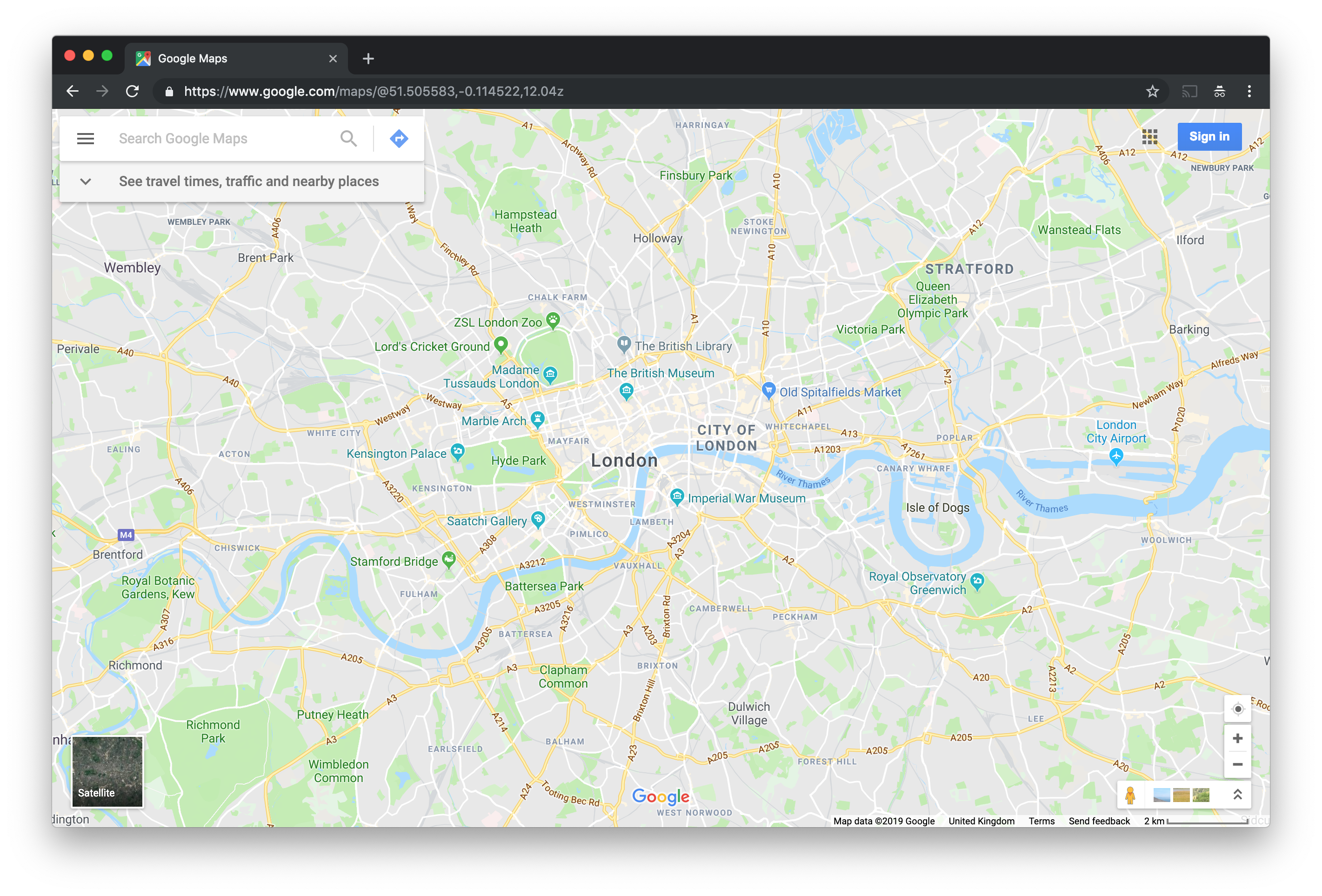
Search for Paris
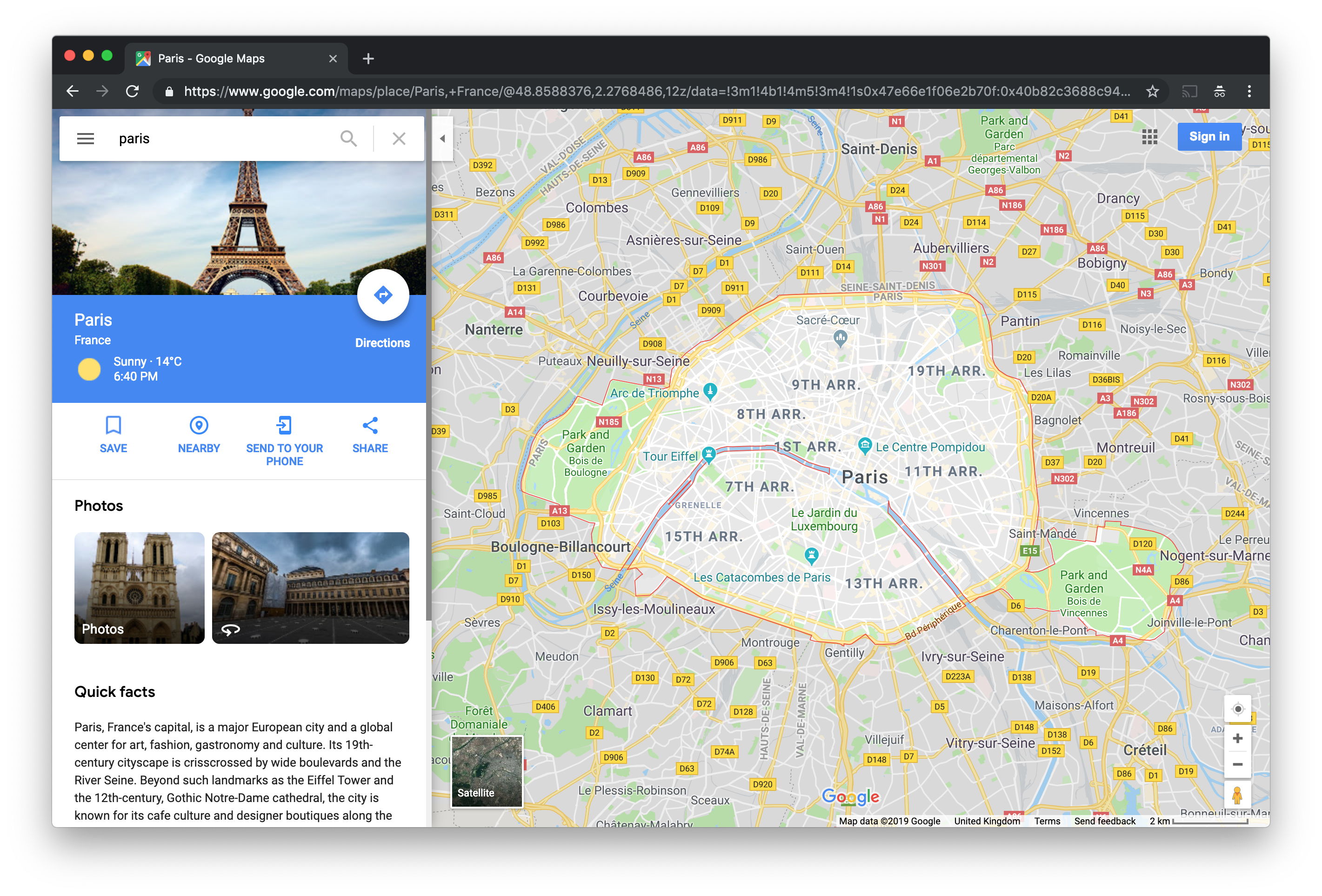
Look for directions
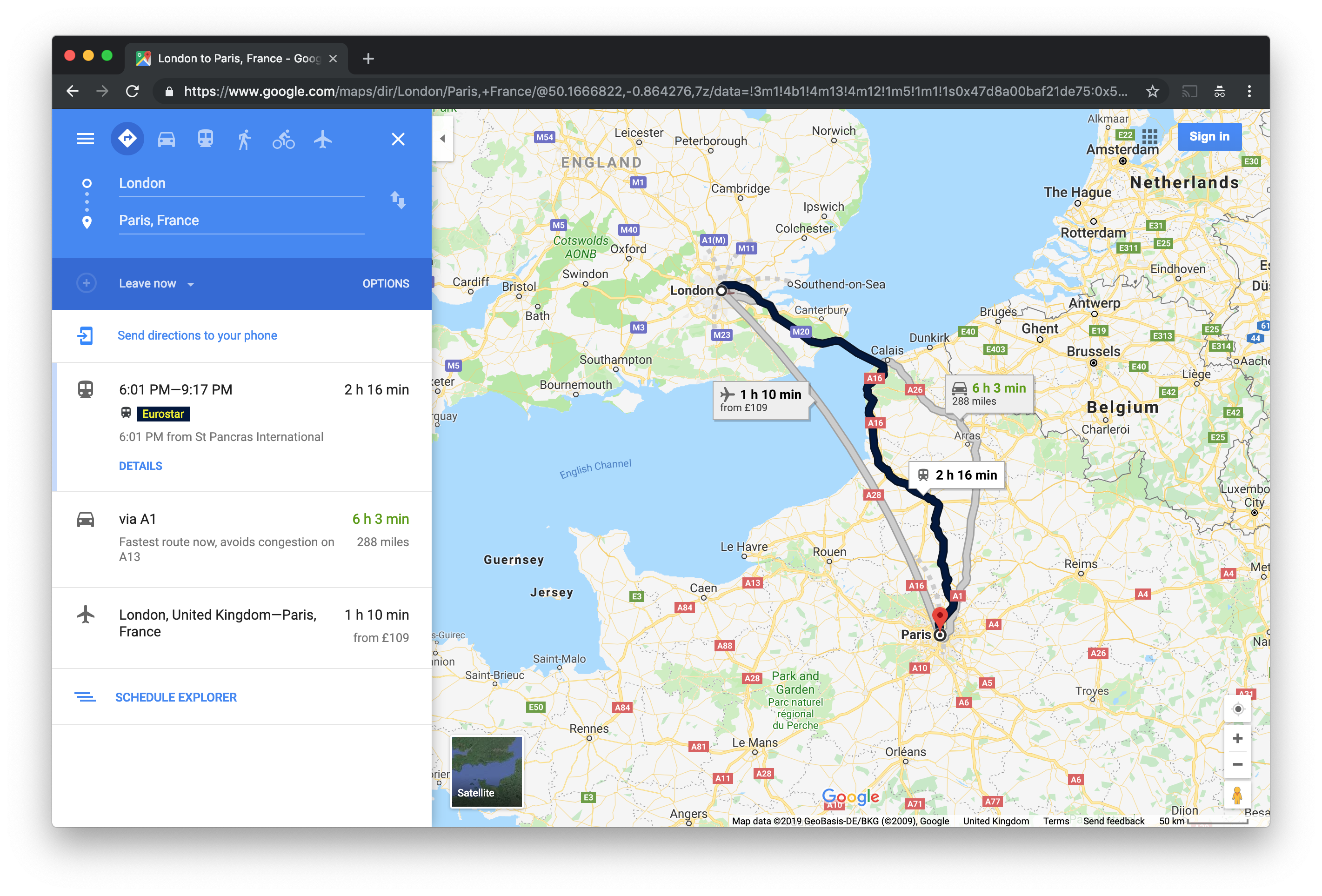
Buy a flight, now go pack your bag!
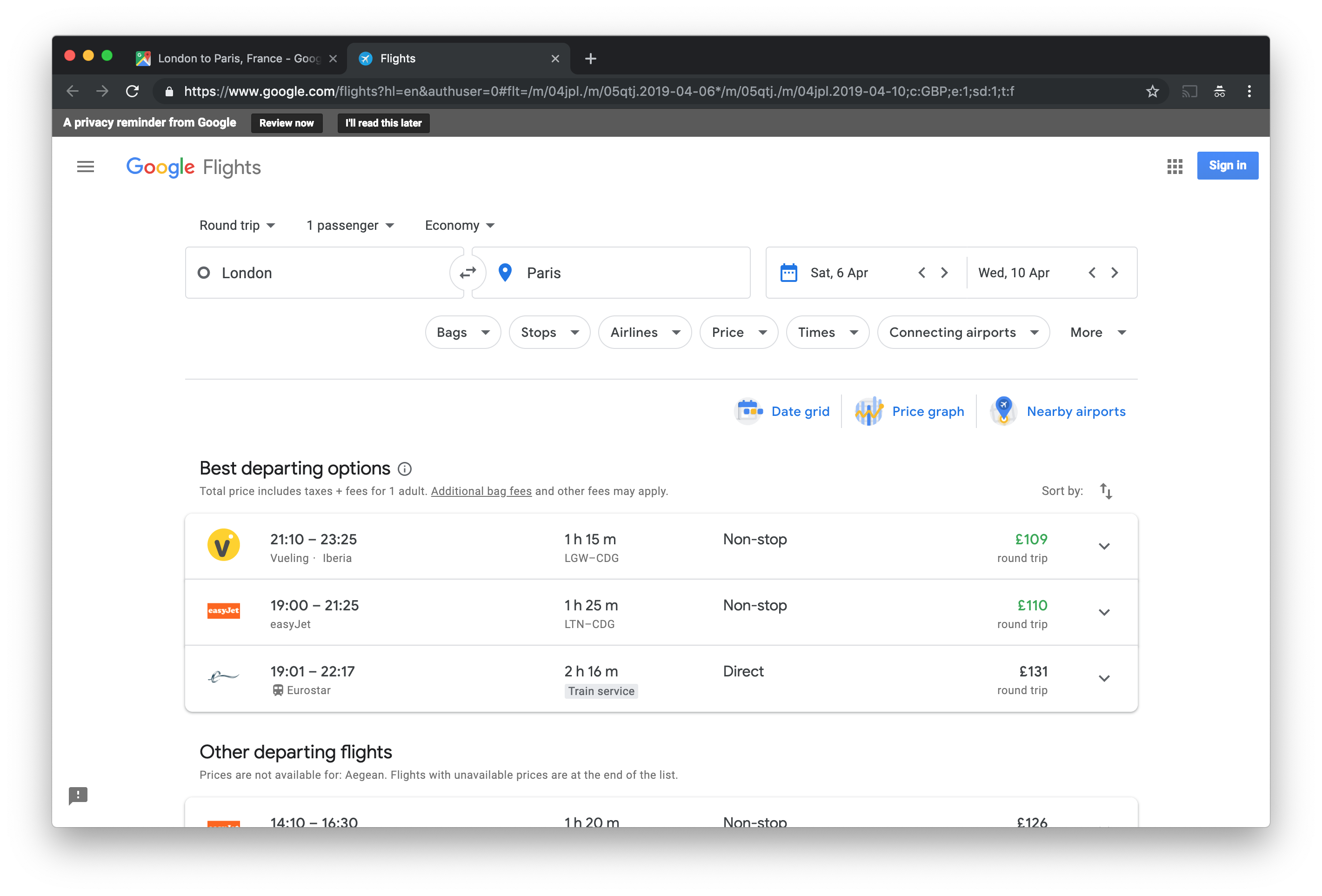
OK, but how does it actually work?
it is code that runs in our browsers
written in a programming language called Javascript
What is a web browser?
A software used to retrieve and present information from the World Wide Web
What is a programming language?
A language that computers understand and use to execute instructions to generate an output
What is Javascript?
A programming language that can be interpreted by most web browsers
How does Javascript look like?
var map;
function initMap() {
map = new google.maps.Map(document.getElementById('map'), {
center: {lat: 51.573522, lng: -0.124304},
zoom: 8
});
}
Here an example!
this is a Google map, embedded in our page and centered on Ashmount Primary School
Hold on a second, what was that?
center: {lat: 51.573522, lng: -0.124304},
Geographic coordinate system
Enables every location on Earth to be specified by a set of numbers. A common choice of coordinates is latitude, longitude and elevation. - Wiki
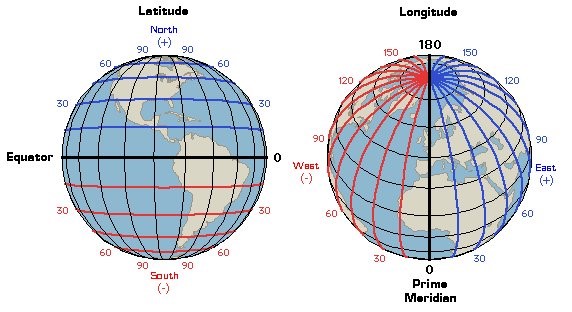
Maps can be interactive
try and click anywhere on the map, you can also scroll to zoom and drag to pan
the map is interactive by adding an "event handler" in Javascript
map.addListener('click', function(e) {
// create a paragraph and fill it with date + coordinates
let p = document.createElement("p");
p.innerHTML = `click ${(new Date()).toISOString()} coords ${e.latLng}`;
// add the paragraph at the top of the "info" box on the page
let info = document.getElementById('info');
info.insertBefore(p, info.firstChild);
});
now that we know the coordinates of the point we clicked...
we can calculate the distance to Ashmount!
Distance from Ashmount
we use the same event handler as before but we check the distance from ashmount using a function called Haversine
map.addListener('click', function(e) {
// create a paragraph and fill it with distance + date
const p = document.createElement("p");
const now = (new Date()).toISOString();
const d = haversine_distance(ashmountLatLng.lat, ashmountLatLng.lng, e.latLng.lat(), e.latLng.lng());
p.innerHTML = `distance ${d}km click ${now}`;
// add the paragraph at the top of the "info" box on the page
const info = document.getElementById('info');
info.insertBefore(p, info.firstChild);
});
Now we have everything we need...
for a treasure hunt!
Let's go find where The Agoraphobic Traveller has gone.
A bit of theory first
- create a list of cities with their coordinates
- add a picture of each of them as a tip for the next city
- check if clicks on the map are < a fixed radius from next city
- if so, proceed to the next clue
In Javascript
if (step < cities.length) { // have we finished?
if (step < 0) { // have we started?
showNext();
} else {
const city = cities[step];
// evaluate distance from click
const d = haversine_distance(city.lat, city.lng, click.lat(), click.lng());
if (d < 30) { // if distance < 30km go ahead
addMessage(`Very good! You were just ${d}km off`, null);
showNext();
} else {
addMessage(`Not quite right! You are ${d}km off`, null);
}
}
}
This is an Algorithm!
An informal definition could be "a set of rules that precisely defines a sequence of operations". - Wiki
Time to play!
open the treasure hunt in a separate window